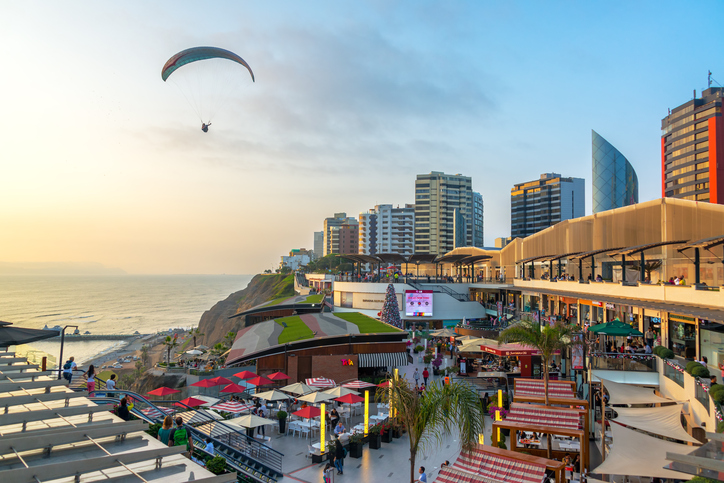Lima is a capital filled with magic and charm, and one of the most impressive, well-preserved cities in Peru. Since its foundation as the City of the Kings back in 1535, it quickly became the most important city in all of America, a status that remains intact today in its urban landscapes, where its traditional aspect blends perfectly with the exotic and exuberant character imposed by the mixture of races and cultures over the years.
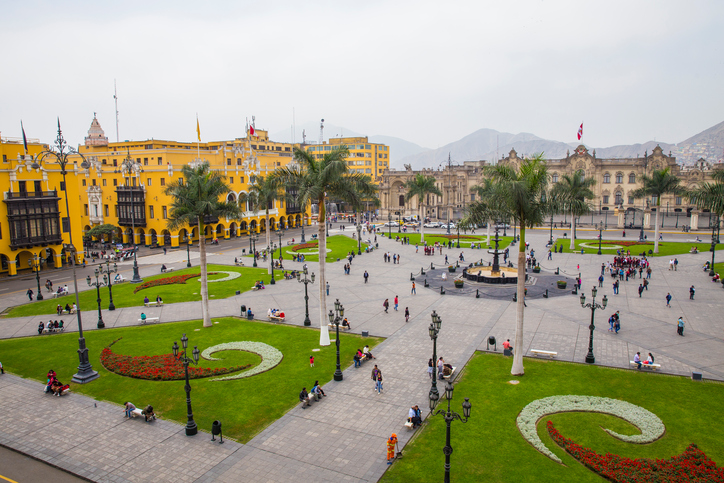
Lima is today a city that offers art, fashion, music, culture, food and endless nights of adventures. Refreshing and stimulating artistic movements are continuously popping up in every neighbourhood and corner of the city. So, let’s go and discover the capital of contrasts in 48 hours.
DAY 1:
9am: Lima is a melting pot, due to colonisation, immigration and indigenous influences, and we begin our first contact with the city in its historic centre, which was declared a World Heritage Site in 1991. The best way to discover the city is on foot. This way, you can enjoy more than 600 historic monuments from the colonial era and see the 1600 balconies from the colonial period in the historic centre that give us an idea of the originality, grandiosity and beauty of one of Peru’s most spectacular destinations.
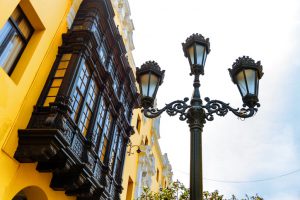
The city’s streets, stately homes and courtyards preserve the untouched, almost timeless allure. Strolling through them is akin to five centuries of history. According to tradition, Francisco Pizarro laid the first stone at the Basilica Cathedral of Lima. The Basilica and Convent of San Francisco with its beautiful cloisters and patios decorated with Sevillian glazed tiles dating from the 1620s.The Plaza Mayor, the birthplace of the city, houses a beautiful bronze fountain from 1650. The Convent of Santo Domingo was officially the place where the University of San Marcos (the first university in South America) began to function in 1551. And the Palacio de Torre Tagle with its impressive baroque stone doorway and beautiful carved wooden balconies are just some of the places we recommend for our first day in the city.
1pm: Worn out from walking and hungry, the best way to regain your) strength is with a visit to one of the capital’s food markets. Surquillo is one of the best and well-known for its range of aromatic herbs, spices, fruit and vegetables. It’s also said to have one of the best ceviches in Lima.
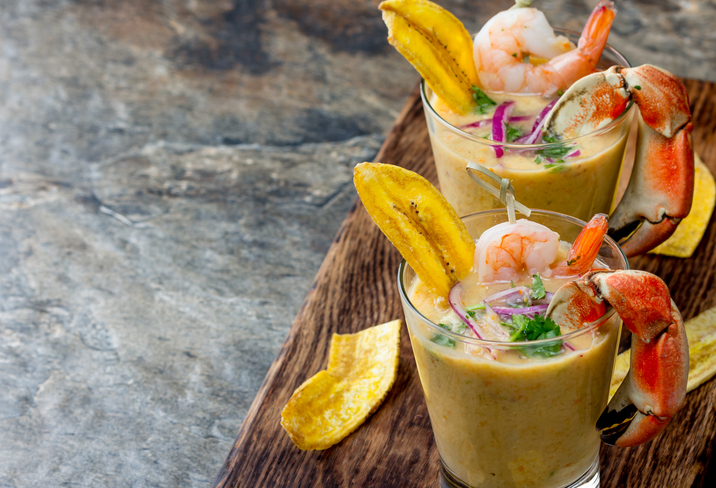
3pm: We suggest focussing more on Lima’s cultural side in the afternoon. Our starting point for foodies is Peru’s House of Gastronomy, which offers a tour through the amazing history of Peruvian cuisine and flavours from the pre-Inca period to the present day. You can also see life-sized remakes of cooking scenes of some of the best Peruvian dishes and desserts, including anticuchos (meat skewers), pollo a la brasa (grilled chicken) and pan andino (Andean bread). And then, no visit to Lima is complete without checking out the Presbitero Mestro Graveyard Museum. An extraordinary place with beautiful neoclassical style mausoleums. Originally opened in 1808, the museum also houses one of the largest collections of European sculptures and monuments. The Lima Art Museum is the artistic focal point of all things art in Peru and boasts the country’s most extensive collection of paintings, works of art, ceramics and textiles from pre-Columbian times to the present day. The museum is located in the Palacio de la Exposición building, which was declared a historical monument in 1973.
We recommend heading back to the hotel for a rest and to get ready for a night on the town.
8pm: Book a table for dinner at one of the Peruvian capital’s top restaurants like Maido or Central and discover Peru’s culinary universe. We suggest cocktails at one of the city’s many trendy bars after dinner. Choose from the more chilled out and traditional like Queirolo de Pueblo Libre to the more exclusive, upmarket restaurant-bars like Astrid and Gaston, and Rafael and Rodrigo to newer spots like Ayahuasca and Bar Picas in Barranco. And for those with a sense of nostalgia for the colonial times, the bar in the old Gran Hotel Bolívar (Cultural Historical Heritage) is a must-visit.
DAY 2:
9am: We begin the day in the bohemian district of Barranco with its beautiful spa houses from the mid-20th century and the Puente de los Suspiros (Bridge of Sighs). Legend has it that when you first see the bridge, you’ll be granted one wish if you can cross the bridge without taking a breath. The MATE Museum is also well worth a visit. Founded by Mario Testino, the Peruvian fashion and portrait photographer, the museum is housed in a restored 19th century mansion and exhibits the best of international contemporary art and photography.
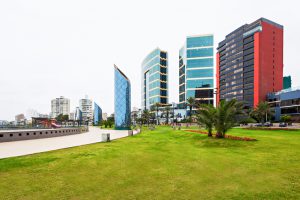
2pm: Lima is much more than a colonial city and art is felt in every corner. We continue the day with the most adventurous point of our 48 hours in the city. Paragliding in Miraflores! Grab a bird’s eye view of the Costa Verde and the upscale district of Miraflores. Take-off and landing are from Raimondi Park right on the esplanade. And when you come back down to earth afterwards, you can enjoy a walk along the promenade and stop for some delicious food at some of the city’s tascas and tasquitas.
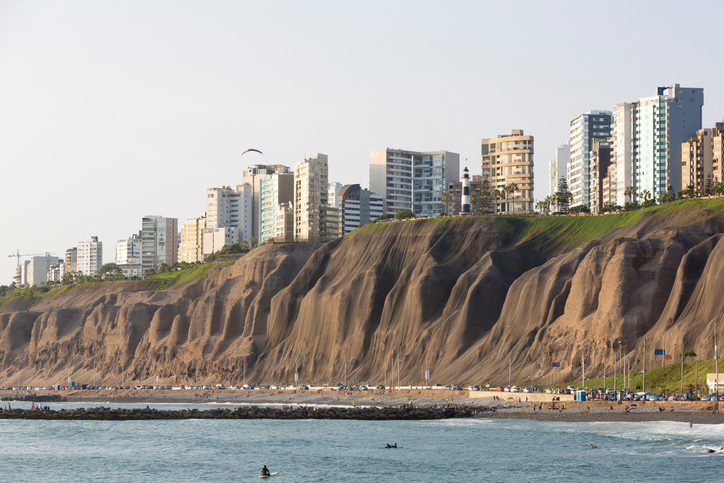
7pm: We suggest finishing the day in the San Isidro district. This is Lima’s main financial and business district and home to many modern buildings and audacious feats of architecture, like the Interbank building, designed by the Austrian architect Hans Hollein, or the traditional area of El Olivar with its centenary olive trees in its parks.
Lima shares this inner life with all those who dare to discover, explore and experience it. We hope you enjoyed these first 48 hours in Lima and we look forward to seeing you here again soon in the city of contrasts that never fails to surprise and evolve.



